10 Lost Horror Films That You Can’t Watch Anywhere
Some of the lost horror films on this list sound so enticing, that it devastates one to think about the fact that audiences will never get to experience them.

Today audiences have everything they desire to watch at their fingertips. Streaming, online shopping, film distribution services, and internet archives make the thought of a lost film seem unfathomable. However, the archiving film preservation techniques around today weren’t always available. Sadly history didn’t guarantee that a film would be viewed, analyzed, loved, and studied for decades to come.
This is a fact that has actually inspired horror itself. John Carpenter’s episode of Masters of Horror, “Cigarette Burns,” centers around a theater owner on the hunt for the only known existing print of a notorious obscure film that is rumored to cause its viewers to become homicidal after a single viewing. It is claimed by film archivists that “half of all American films made before 1950 and more than 90 percent of films made before 1929 are lost forever.” Tragically, many cinematic treasures that are lost and unavailable have been horror films. Some were lost with the passage of time or corroded over the years. Others were destroyed in terrible accidental fires. Then there’s the movies that were thrown out like trash, and not treated like the pieces of art they were. Even modern horror films have inexplicably disappeared.
Curated on this list are 10 horror films, either completely or partially lost, that you can’t watch anywhere.
Alraune (1918)
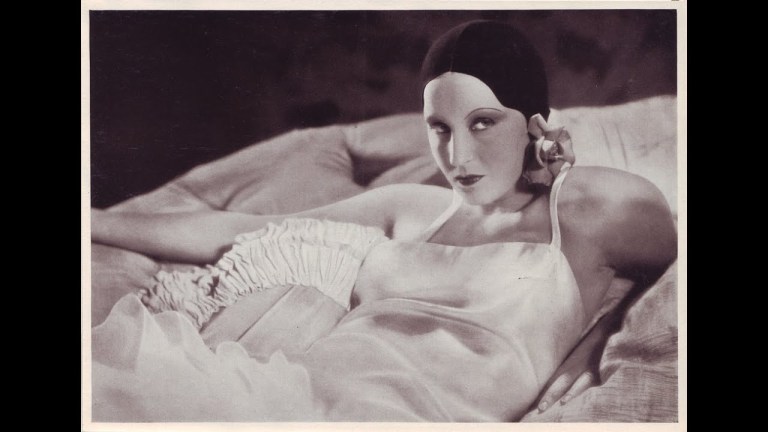
A decade before the highly successful 1928 Alraune came out, two adaptations were released within the same year, one German and another Hungarian. The German version is only available in a censored and incomplete form at the George Eastman House archives. The Hungarian rendition is considered lost. The silent film is based on the 1911 novel of the same name by German author Hanns Heinz Ewers. This sci-fi horror is potentially one of the world’s first “Mad Scientist” movies to have ever been created. It was co-directed by Michael Curtiz and Edmund Fritz. Not much was seen from Fritz after Alraune, but Curtiz went on to direct the iconic Casablanca (1942), which won Best Director, and to leave his legacy in Hollywood.
From what little is known, Alraune’s plot seems to follow that of the novel’s: a scientist (and predator, let’s be clear) inseminates a woman with a mandrake root fed by the blood of a hanged man. She gives birth to a beautiful but evil and demonic child, Alraune, who grows up to learn of her origins and to avenge herself.
The Head of Janus (1920)
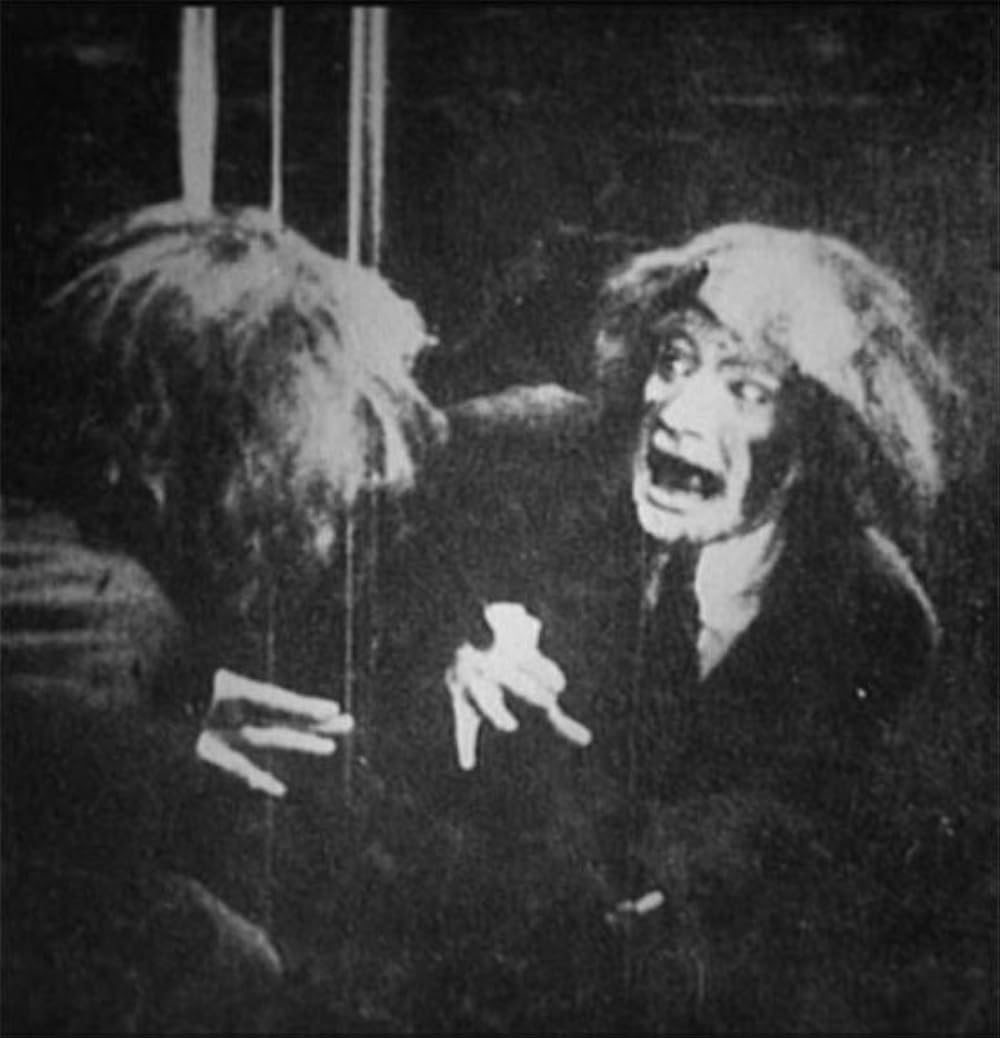
F.W. Murnau, the mastermind behind Nosferatu (1922), directed this adaptation of the 1886 novella The Strange Case of Dr. Jekyll and Mr. Hyde. Much like with Nosferatu and Bram Stoker’s novel Dracula, Murnau didn’t secure the rights to the film from Robert Louis Stevenson’s estate, so changes were made to the unauthorized German silent picture. Scripts and production notes still exist, but sadly the film itself does not. It’s a real shame because three legends are attached to the project: German Expressionist king Murnau, Conrad Veidt, who played Cesare in The Cabinet of Dr. Caligari (1920), and the iconic Bela Lugosi. It was the only time Veidt and Lugosi starred alongside each other, making this one feel like a true loss to cinematic history. Karl Freund, the great cinematographer behind Metropolis (1927) and Dracula (1931) also worked on this project. From what is known about the narrative, Dr. Warren (Veidt), a parallel of Dr. Jekyll, transforms into Mr. O’Connor, the counterpart of Mr. Hyde, not through chemical experimentation, but through a statue to the Roman god of duality, Janus.
A Blind Bargain (1922)
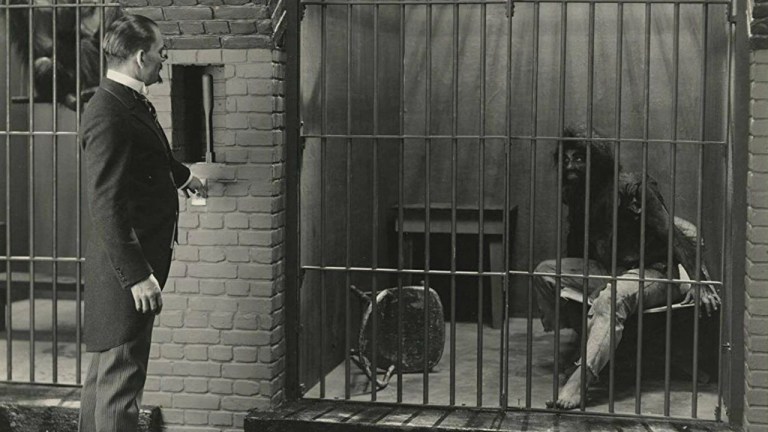
A Blind Bargain is the first of two Lon Chaney lost films on this list. The silent picture also stars Hollywood legend Raymond McKee, who acted in over 200 movies during his career. Chaney plays Dr. Lamb, a mad scientist infamous for his bizarre and dangerous experiments, who exploits a young man, played by McKee. In return for his mother’s life, he agrees to become the guinea pig for the scientist’s experiments. Stills and posters from the film have been preserved since its release, but the film is considered lost. In 1931, the original negative was destroyed by MGM, several years after the takeover of Goldwyn Studios. The last surviving print is believed to have been burned in the 1965 vault fire at MGM.
Dracula’s Death (1921)
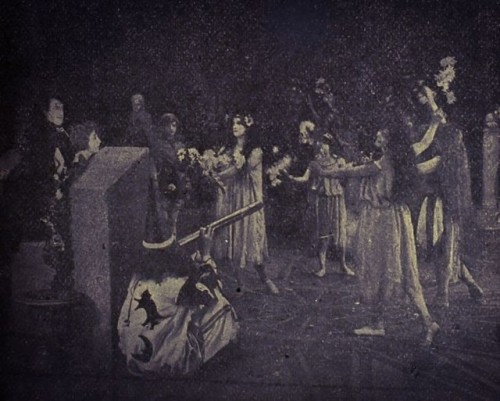
The premise of Dracula’s Death, which was truly bold for its era, revolves around a young woman who experiences terrifying visions after visiting a mental hospital, where one of the inmates claims to be Count Dracula. The Count torments her and visits her in her sleep, but she can’t discern whether she’s having nightmares or if it’s real. Not your average Dracula movie, Dracula’s Death plays on dreams, mental illness, and the power of suggestion: Is this inmate truly Count Dracula? Or is he just a man with mental health problems who has triggered a psychosis in a woman who also suffers mentally? The picture may be lost, but in 1924 a prose adaptation was published and has recently been translated into English by Laszlo Tamasfi. If you’re interested, you can find it here.
London After Midnight (1927)

London After Midnight is perhaps the most famous and sought-after horror film in cinematic history. The American silent horror mystery was incredibly successful at the box office, earning the title of the tenth highest grossing movie of 1927. The legendary Tod Browning directed the picture and it was based on his short story “The Hypnotist.” Among its star-studded cast are Lon Chaney, in one of his most iconic makeup looks, Marceline Day, Conrad Nagel, Henry B. Walthall, and Polly Moran. The story revolves around the abandoned Balfour House, whose owner was found dead from an apparent suicide five years earlier. When two suspicious and vampirish-looking tenants arrive, strange incidents begin to occur and a Scotland yard inspector investigates. Tragically, the picture was lost in the 1965 MGM vault fire. Film preservationist Rick Schmidlin was hired by Turner Classic Movies in 2002 to reconstruct a 45-minute version using stills and the shooting script, releasing it as a part of the Lon Chaney Collection DVD set. However, it is essentially only a slideshow recreation of the film. Browning went on to remake the film in 1935 as Mark of the Vampire, replacing Chaney with Bela Lugosi.
The Terror (1928)
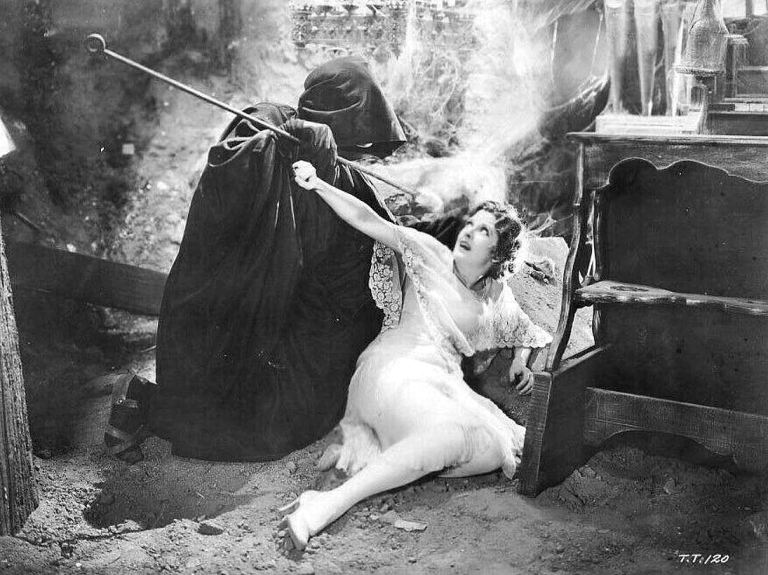
Contrary to popular belief, the 1931 Dracula film starring Bela Lugosi wasn’t the first Dracula sound picture. The honor goes to The Terror, written by Harvey Gates and directed by Roy Del Ruth. It was the second “talkie” motion picture to be released by Warner Bros. and was based on the 1927 play of the same name by Edgar Wallace. The murder mystery horror movie centers around an unknown serial killer dubbed “The Terror” stalking and living alongside other guests at an old English manor that has been converted into an inn. Characters include a detective, a spiritual medium, and two men hellbent on taking revenge upon “The Terror.” The soundtrack is preserved in the UCLA Film and Television Archive, but the film has been long lost. In 1948, negatives of the film were discarded, along with many other cinematic relics, due to the fact that they were on dangerous and flammable nitrate film. Flammable nitrate was the cause for both the 1937 Fox Vault fire and the MGM vault fire of 1965—this type of material can’t just be left lying around. It’s a shame more efforts weren’t made to preserve many films from the late 19th century and early 20th century, which were discarded for this very reason.
The Cat Creeps (1930)
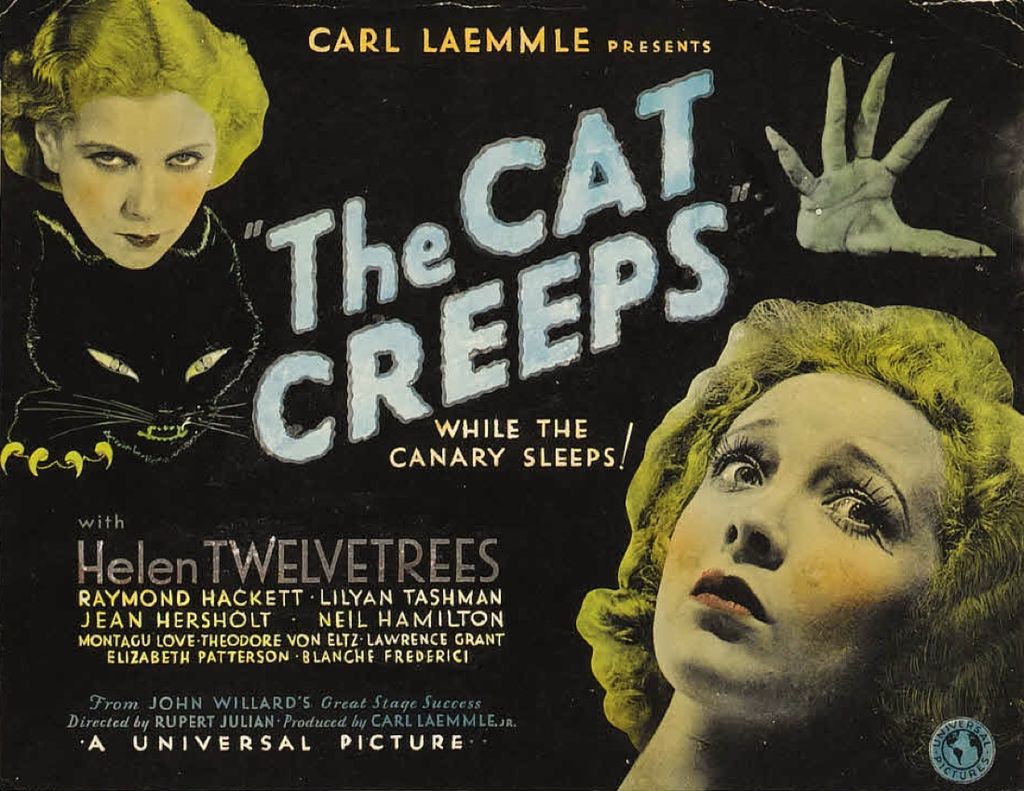
The Cat Creeps is a “talkie” remake of 1927’s The Cat and the Canary and Universal’s first sound picture. The soundtrack of the picture still exists, as well as two minutes of footage found in the 1932 Universal short film Boo!, but The Cat Creeps is considered lost media. A Spanish-language version, La Voluntad del muerto was also created by Universal, but that too is missing. The American mystery received critical acclaim upon its release, making it coveted among horror fans. From what’s known of its plot, a man decrees that his will is to be read 20 years upon his death. His relatives gather at his old family home, now a creepy old mansion, where they begin to experience strange occurrences. There was a remake 12 years later, but it’s centered around a completely different premise.
The King Kong That Appeared in Edo (1938)

After the success of the 1933 pre-code flick King Kong, the character became extremely popular in Japan. The King Kong That Appeared in Edo was the second attempt to cash in on the popularity of the character (after 1933’s short comedy Japanese-Made King Kong), though surviving documents don’t describe a giant kaiju-sized ape or anything else associated with the Kong we know. The now lost two-part silent jidaigeki film, or period drama, revolved around a trained ape-creature (not referred to as King Kong) being used to kidnap the daughter of a wealthy man as part of the revenge plan of one of the man’s employees. When attempts are made to rescue her, the monster runs wild.
Even though the surviving poster for the movie shows a giant “King Kong,” it’s entirely possible that this was just a marketing ploy to capitalize on the popular character and doesn’t accurately represent what was in the actual film. Even so, many consider The King Kong That Appeared in Edo to be an early example of tokusatsu (special-effects movie) and maybe even a proto-kaiju movie considering the use of a creature suit. Ryunosuke Kabayama, one of the stage names of the filmmaker who also went by Fuminori Ohashi, not only played the ape, but created the monster’s suit. It is rumored that he went on to consult on the special effects for Ishiro Honda’s 1954 Godzilla, though this is disputed by people who worked on the film.
Dead End (1985)
Dead End is an early found footage horror-comedy directed by Emerson Bixby and considered to be the lost holy grail of zombie movies. The movie follows a documentary filmmaker and his crew who travel to a town to investigate a UFO crash, which leads to a zombie apocalypse. It’s been rumored that the picture featured some extremely gruesome effects, which allegedly involved using real animal blood, intestines, and remains from a slaughterhouse. Apparently, this caused the cast and crew members to get sick on set. Bixby lost his copy of the movie in 1987, but has acknowledged that some cast and crew members may possibly have one in their possession. There have been reviewers online who have claimed to have watched the movie and bought it in some form from somewhere. Some say it can be found under some other name. Others claim to have bootleg copies, which are believed to not be the movie Dead End itself. Then there’s those lucky ones who supposedly were able to watch the film because they’re friends with or relatives of someone who worked on the movie. It shall be left to horror sleuths to uncover this gory mystery of a film. As of now, there’s no place to find it.
All American Massacre (1999)

This lost film is such a mystery that it inspired a documentary. If you want to watch it, In Search of All American Massacre: The Lost Texas Chainsaw Film (2022) is available on Tubi. All-American Massacre was set to be a spin-off of the first two Chainsaw Massacre films. Tony Hooper, son of the Tobe Hooper, the director of the original two Chainsaw films, wanted to continue his father’s legacy. The film, which was intended to be a 25th anniversary tribute to The Texas Chainsaw Massacre (1974), was completely finished but never released to the public. It was to act as both a prequel and sequel to the first two films, with no link to the third and fourth movies in the franchise, which were not directed by Hooper. Bill Moseley reprised his role as Chop Top, who is captured and placed in a psychiatric prison in the flick. Apparently the film featured flashbacks to his younger life and worked to connect the plot to the first film. Chop Top escapes from the facility and starts a new massacre. To this day no one knows why the film wasn’t released. There’s rumors of copyright issues and money problems during post-production.
Further reading:
